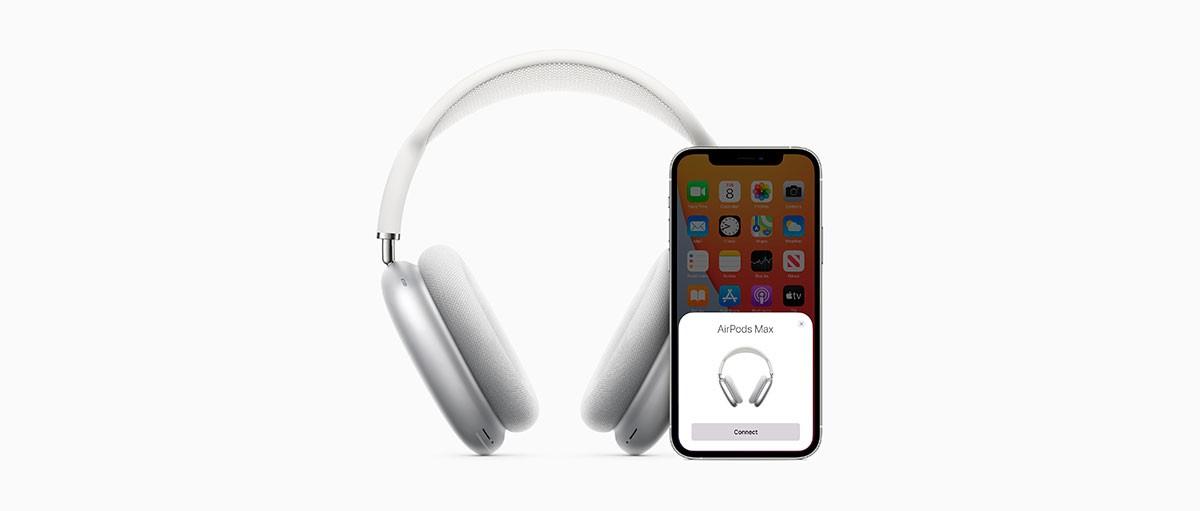Ever wondered what Private Mortgage Insurance (PMI) is and what is does? Dan Green at The Mortgage Reports has an excellent primer to answer the basics, describe the various kinds of PMI, and explain how and when a borrower can cancel their PMI coverage.
First, the simple explanation of PMI. If you take out a conventional (generally, those backed by Fannie Mae or Freddie Mac) mortgage and pay less than 20% as a down payment, you’ll likely be required to purchase PMI. The point of that extra monthly charge is to protect the lender against the risk of default on the mortgage. It’s essentially insurance for the lender, paid for by the borrower. That insurance becomes necessary in case the borrower defaults on the loan; in most states, the lender can initiate foreclosure proceedings after 90 days or so, but foreclosures typically take months to complete. In that time, the house can be flooded, burned, and otherwise lose value in addition to the lost mortgage payments. In short, the more “skin” you put in the game (larger down payment), the less risk the lender has to assume. For many borrowers, particularly first-time buyers, making a large down payment is not always possible, and PMI makes homeownership possible by mitigating some of the risk for the lender.
PMI comes in three basic types:
Single Premium – this is the most expensive option up-front, as the PMI amount covering the life of the loan is paid at closing. May make the most sense for borrowers who don’t anticipate much change in home value, as they will limit their long-term costs. Lender-Paid Mortgage Insurance – in this scenario, the lender does indeed pay the PMI; however, the borrower will pay by way of an increased interest rate. Planning on moving in just a few years? It could be worth paying a higher interest rate for a short time and saving the additional cost. Monthly Premium – this is the most common, and as it sounds, the borrower will find an additional charge each month (the annual amount is split into 12 payments). Likely the best fit for most borrowers – predictable cost each month, and cancelled out as the mortgage is paid down and as the home’s value increases.
Assuming you choose the monthly premium option, the big question is how can you cancel it? According to the Consumer Financial Protection Bureau (CFPB): “The Homeowners Protection Act gives you the right to request that your lender cancel PMI when you have reached the date when the principal balance of your mortgage is scheduled to fall to 80 percent of the original value of your home. This date should have been given to you in writing on a PMI disclosure form when you received your mortgage. If you can't find the disclosure form, contact your lender. You can also make this request earlier if you have made additional payments to reduce the principal balance of your mortgage to 80 percent of the original value of your home.”
Bottom line – while PMI may be something you look forward to getting rid of, remember that it is an essential ingredient in helping provide mortgage credit for many borrowers. Click here to read more.





